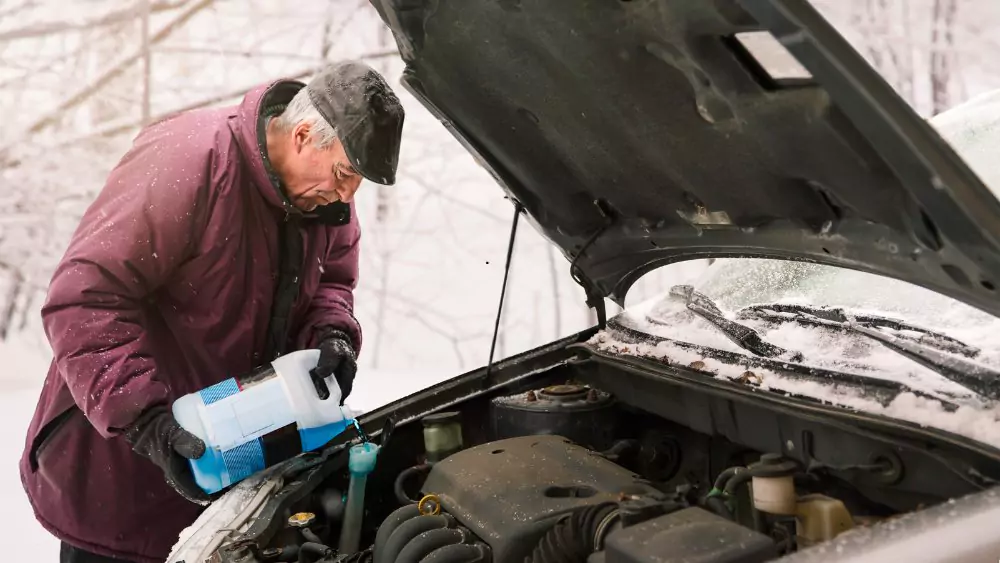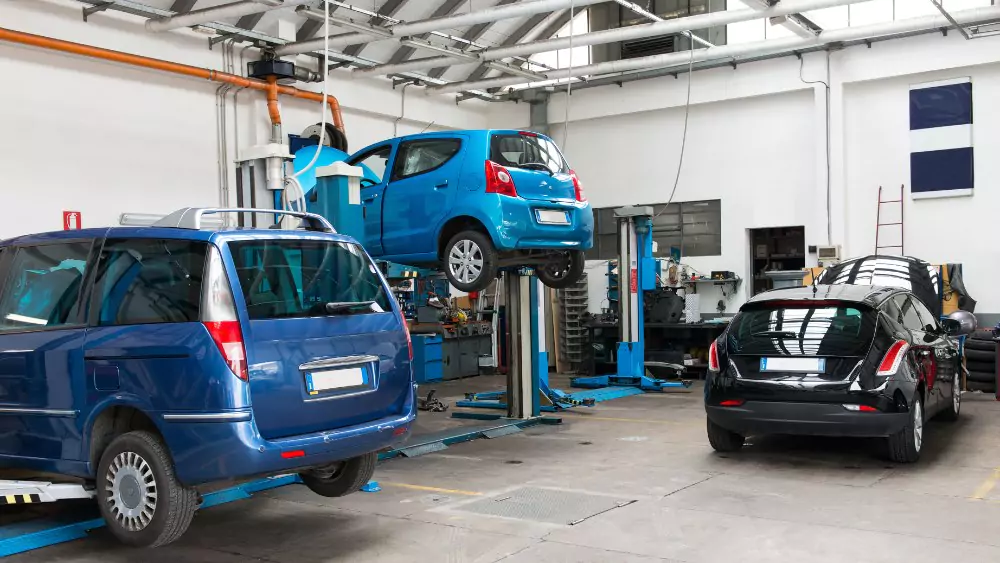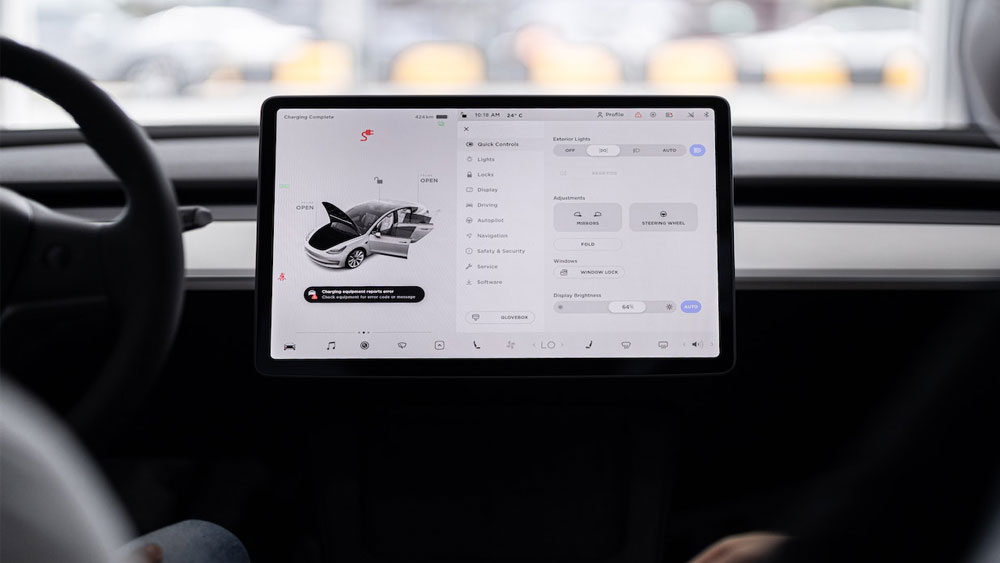Mechanic-Proof Your Ride: 6 Car Care Hacks That Save Thousands

Let’s be real – who actually enjoys car maintenance? I know I’d rather be doing almost anything else than checking tire pressure or monitoring fluid levels. But here’s a wake-up call: according to a study by the Car Care Council, 84% of vehicles need service or parts, yet most of us ignore these issues until we’re stranded on the roadside. I’ve learned the hard way that neglecting these simple check-ups isn’t just costing us money – it’s compromising our safety. That’s why understanding the difference between short term checkups (like weekly tire pressure checks), long term checkups (such as oil changes every few thousand miles), and seasonal checkups (like preparing your car for winter) can literally save you thousands and keep you safe on the road.
The 3-Check Rule: Your Car’s Survival Kit
Let me cut through the fluff and give you the real talk: car maintenance isn’t about spending hours in the garage every weekend. It’s about knowing the few critical things that actually make a difference. Think of it like this – would you rather spend 2 minutes checking your tire pressure now or 2 hours waiting for a tow truck later?
Here are three non-negotiable checks that every car owner should do regularly, no excuses:
First, check your tire pressure monthly. Seriously, it takes maybe 2 minutes with a $10 gauge. Low pressure tires wear out faster and can even blow out at highway speeds (scary and dangerous). Just pop into any gas station with an air pump – most offer free air or charge just a quarter or two.
Second, peek under your hood every couple of weeks to check your oil and coolant levels. Low oil can destroy your engine in minutes (we’re talking thousands in repairs), and low coolant can leave you stranded with an overheated car. Both checks take less time than scrolling through your social media feed.
Third, pay attention to warning lights immediately. That little check engine or oil light? Your car is literally telling you something is wrong. Ignoring it is like ignoring chest pain – it might be nothing, but do you really want to risk it?
These three simple habits? They’re your best defense against the most common (and wallet-draining) car nightmares. Mechanics will tell you most of the expensive repairs they see could’ve been avoided with exactly this kind of basic attention.
6 Genius Car Care Hacks You Can Try Yourself

1. Tire TLC: 2-Minute Pressure Checks = $1,600 Saved
Is your car pulling to one side or do you feel more vibration than usual? These could be signs that your tire pressure is off. Given that flat tires are the most common expense incurred by motorists on the road, and the one leading to the highest number of accidents, it’s a good idea to make sure yours are always at the right air pressure before you head out for a journey.
The pressure itself can be checked at home using an inexpensive air pressure gauge (typically costs $10-15), and can be corrected at the tire shop at your local gas station. Remember that tire pressure drops one pound with every 10-degree decrease in temperature, so they’ll need more attention in colder months.
Get your tired rotated every 5,000 to 8,000 miles. It helps them wear evenly, so you get better mileage and more life out of them – that’s straight from the experts at Bridgestone. Here’s a simple trick to check your tread: grab a penny and stick it into the groove with Lincoln’s head pointing down. If you can see his whole head? Yeah, it’s time for new tires. Trust me, replacing them (trust professionals) will cost you way more – we’re talking $400 to $1,600 – if you let them get too worn down.
2. $35 Oil Change vs. $5,000 Engine: Pick Your Poison
Is your engine making strange noises or has your fuel efficiency dropped recently? These could be signs that your oil needs changing.
After the fuel in your car, the engine oil is the most important fluid in the vehicle. It lubricates the engine parts, and allows them to move freely, and can also be the heaviest cost a car can incur (apart from a total wreck). If the oil is left unchanged, it can cause the engine to completely cease up and destroy itself.
Depending on the choice of manufacturer, engine oils come in different variations of distance; the oil must be changed after the distance mentioned on the can has been covered. The oil filter too has to be replaced if it gets clogged up.
Here’s the deal with oil changes: if you’re using synthetic oil, plan to change it every 5,000 to 10,000 miles. For conventional oil? Stick to every 3,000 miles or 3 months – whichever comes first. AAA says you’ll typically pay between $35 and $125 for an oil change with filter included. But here’s the important part: always check your owner’s manual for your car’s specific needs.
Skipping this simple step could lead to engine damage costing you thousands of dollars – yikes! Trust me, a few minutes with your manual now beats a massive repair bill later.
3. Squeaks & Squeals: Your Car’s SOS Signals
Are you hearing a squeaking sound when you press the brakes? That probably means your brake pads are worn out. What about a loud squeal coming from your engine? A worn-out serpentine belt could be the cause.
Anyone who has ever driven knows that there are certain noises cars aren’t supposed to make. Any noise that seems out of the ordinary should never be ignored, especially if accompanied by a light in the dashboard. The vehicle should be taken for inspection to the nearest mechanic instantly in that case. Should a part need replacing, it can be purchased from a local vendor, or ordered online.
Keep an eye out for those dashboard warning lights to be aware of your car’s oil pressure, your coolant’s level and so on. For instance, that little battery light? Ignoring it could mean shelling out $5–$300 for a new battery. And if you hear weird noises plus see the alternator light pop on? Addressing it fast might keep you from facing a $400–$1,000 replacement bill down the road.
4. Your Life Depends on These $100 Pads. Seriously
Do you hear a grinding noise when braking, or does your brake pedal feel spongy? These are clear signs your brake pads need attention.
The brake pads need to be replaced roughly every 20,000 miles, and while they may last longer in certain cases, this is another repair that could prove deadly if not done timely.
It is recommended that you seek the help of a professional when getting the pads replaced. Should you not have one available near you, you can follow the simple steps here. The item itself will cost you upwards of $40. with total replacement costs ranging $100–$300 per axle. Closely hear squeaking or grinding, as worn pads can damage rotors, increasing repair costs significantly.
5. Wax Like Your Wallet Depends On It (It Does)
Does your car’s paint look dull or do you see water spots that won’t wash away? These are signs that your car needs protection.
Of course, it isn’t just about keeping the car mechanically sound. It should look great too! You should take the time out every weekend to give your car a nice wax polish, and a bath to make it look as good as new and rust free. A decent car care kit (wax and cloths) will cost you approximately $20. Additionally, you can go for windows tinting and offroad lights to enhance its looks.
Think of waxing your car every six months like giving it a protective shield. It’s not just about making it shine (though that’s a nice bonus!). That layer of wax fights off damage from the sun’s UV rays, road salt, and everyday dirt – all things that sneak up on you and cause rust over time.
Plus, keeping your car clean isn’t just vanity; Kelley Blue Book actually recognizes that well-maintained rides hold their value better. A little waxing now could mean more cash in your pocket when it’s time to sell.
6. Yearly Car Physical: $250 Now or $2,000 Later?
Even a brand new car can hide problems a few thousand miles into its running. The best way to ensure your car do not give you problems on the road is to get a yearly checkup. You don’t even need to visit the mechanic every time you want a full car checkup. Most of the components can be kept in top shape at home, following a few simple tips.
Here’s a pro tip I swear by: spring for a professional multipoint inspection every so often. Yeah, it might set you back $150–$250, but trust me, it’s worth every penny.
A good mechanic can spot stuff you might miss, like battery corrosion starting to build up or a serpentine belt looking worn and cracked. Why does that matter? Because ignoring that little belt could lead to it snapping unexpectedly – and replacing it then could cost you a whopping $400–$900! That inspection fee suddenly looks like a bargain, doesn’t it?
So there you go. Follow our six top car care tips, and you and your car can enjoy a long lasting, loving relationship together. Should you have any other repairs in mind that you’d like to do at home, check out the Autodoc online workshop.
Drive Happy, Drive Cheap: Your Maintenance Mantra
Skip the mechanic drama! Stay ahead of car chaos with simple checks: fluids, tires, battery. Nip small issues before they snowball into wallet-busting repairs. Your owner’s manual is your BFF – follow those 30-60-90K schedules like gospel. Keep tools like a tire gauge and jumper cables handy (trust me, you’ll thank me later). Drive nice, not aggressive – your car will love you back. Think of maintenance as cheap insurance: less stress, fewer breakdowns, and more cash in your pocket. Your future self (and your wallet) will high-five you!
Quick Fixes: Real Answers to Your Car Headaches
Grab a $10–$15 gauge once a month (seriously, it takes longer to brew coffee). Low pressure makes your tires wear out faster (hello, $400–$1,600 replacement bill!), wastes gas, and could even blow out at highway speeds. Pro tip: rotate those tires every 5,000–8,000 miles so they wear evenly. And when temps drop? Your tire pressure drops too – stay on top of it for safer rides and fewer pump visits.
Here’s the deal: synthetic oil? Every 5,000–10,000 miles. Conventional? Every 3,000 miles or 3 months (whichever screams “change me!” first). Plan on $35–$125, but always check your owner’s manual – your car might have special needs. Skip this? You’re basically begging for engine trouble. We’re talking thousands in repairs versus a quick oil change. Keep that oil fresh and your wallet (and car) will thank you
If you hear squealing, grinding, or your brake pedal feel like stepping on a marshmallow, that’s your car shouting “CHECK MY PADS!”. Here’s why you shouldn’t wait: worn pads can destroy your rotors, turning a $200 fix into a $800 nightmare. More importantly, your brakes are literally the only thing between you and that tree up ahead. Don’t gamble with safety – get them checked ASAP.
Absolutely! Think of maintenance like dating – show you care, and you’ll get better offers. Regular oil changes, a $20 wax job twice a year, and that $150–$250 yearly inspection are not just keeping your car happy – they’re padding your resale value. Document everything (hello, service receipts!). Buyers pay premium for cars with history – a shiny, smooth-running ride can mean hundreds (or thousands!) more in your pocket when it’s time to upgrade.

news via inbox
Sign up and never miss out on the latest news and updates at HighStuff




